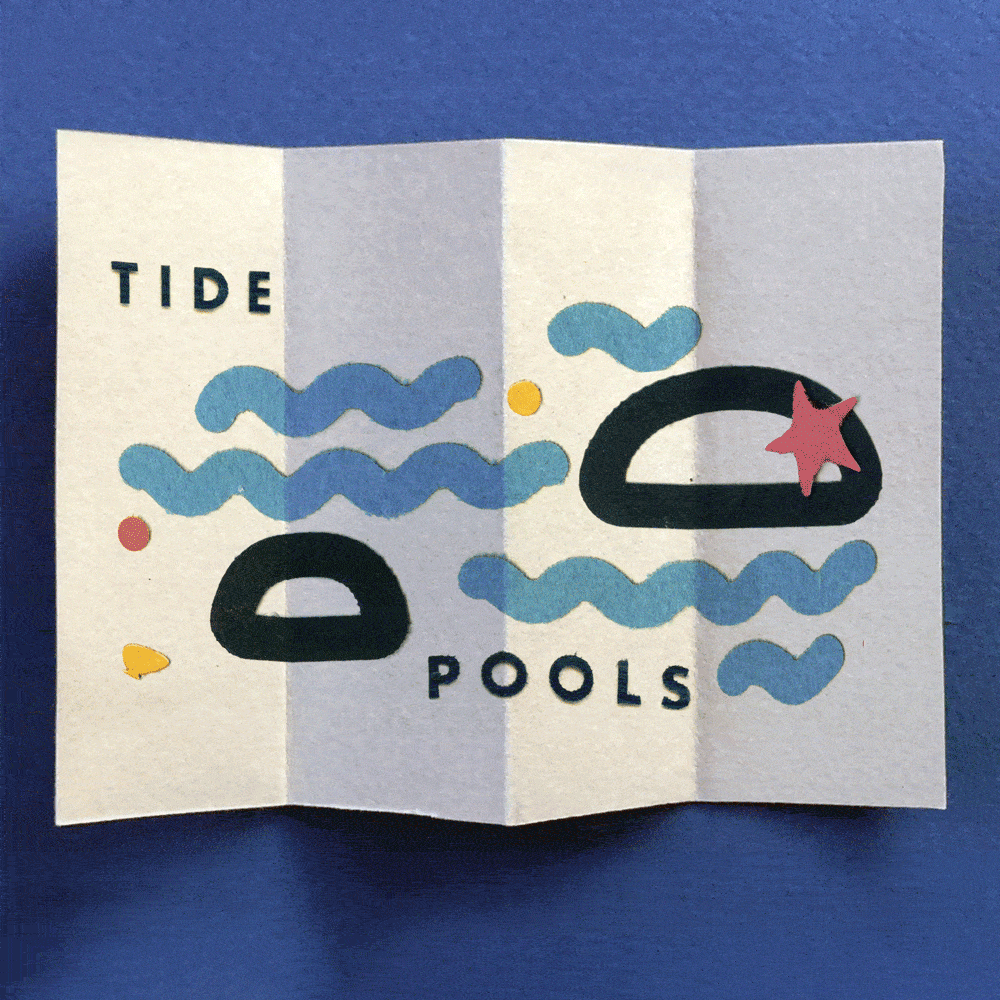Behind the scenes with Kelli Anderson
Kelli Anderson is a designer, author, and paper genius. We’ve been longtime fans of Kelli’s work, and we were thrilled to work with her on our new video.
We chatted with Kelli about how she made the video, including getting those wiggles just right.
Did a real road trip inspire the video?
Most of the “road trips” I’ve taken are just really long bike rides, interspersed with trains. But I aspire to sit still long enough to go on the classic, geodesic dome-spotting California road trip. (I hope it isn’t apparent that this video wholly depicts a charlatan New Yorker’s fantasy of California!)
How long did crafting the paper take, and what does that process entail?
A few weeks. I made the wiggly sine wave animation in Processing, then illustrated around those waves in Illustrator to make the map, the dome, the surf-waves, etc. Each wiggle loop is seven frames in total. I then would laser cut those illo-wiggles and use the negative space to position and glue them onto a white piece of paper. It was essential to ensure that they were exactly parallel to each other, any rotation would cause the animation to lose its smooth continuity.

I scanned in those pages for the wiggle illustrations but then animated all of the other elements in a more traditional, stop motion way: using DSLR and Dragonframe and teeny-tiny movements. I fussed-with each frame in Photoshop and then edited them all to music in Premiere.
You shared a picture using natural lighting; how do you work with light sources to keep things consistent?
On a clear day, in my apartment, the lighting is pretty consistent between the hours of 11 am and 3 pm. So, I shoot during those hours. In theory, it makes more sense to use artificial, controllable light for stop-motion. However, I haven’t yet found a way to replicate sunlight’s effect on colors.

How do you decide which parts to do digitally, and which to do manually?
Computers tend to be good at the things that the physical world is bad at. It makes sense to automate many processes digitally because computers act faster — and with more accuracy — than hands, including sequencing frames, batch-reordering, photoshop actions (i.e., for color correction). However, for aesthetics, movement, and texture, “organic” feel a lot more comfortable than simulations do.
The increments of motion in manual stop-motion animation are just about as accurate as a human being can get which feels right to human eyes. Anything too perfect, too without flaw or character, floats over into uncanny valley territory quickly.

Read more about how Kelli uses Dropmark to get stuff done. You can see more of Kelli’s work on her website, including more paper-y goodness like This Book Is A Camera, and follow her on Instagram & Twitter.
